Weapons of directed energy: progress and its results
Thanks to science fiction and theorists, a mass of classes of the so-called weapons directed energy. Systems of this kind can be used to destroy various targets on the earth, in the air and in outer space. However, far from all types of such weapons, theoretically possible, can be created in practice - not to mention the introduction of troops. Consider the successes of science and industry in the field of directed energy systems.
Weapon theory
According to the classical definition, systems of directing energy (ONE) or Directed-energy weapon (DEW) include systems that hit the target through the direct transfer of energy of one kind or another - without the use of conductors, kinetic damaging elements, etc.
ONE is divided into several main classes - electromagnetic, beam, acoustic, etc. Also, some varieties of kinetic systems based on accelerators can be attributed to it. At the level of science fiction and conspiracy theories, the so-called “exists”. psychotronic weapon - it is intended for remote influence on the nervous system and psyche of manpower.
It should be noted that certain studies were conducted in almost all of these areas. Only certain classes of systems have reached testing or operation, but they are also of great interest.
Laser success
The most successful at the moment can be considered the direction of electromagnetic ONE in all its manifestations. Developed, tested and operated different generators of electromagnetic radiation that can affect the target in different ways. First of all, such successes are due to the active work in the field of combat lasers - generators of electromagnetic radiation of optical or other ranges.
By now, the leading countries have managed to develop and test a lot of combat lasers for various purposes. Such systems were carried out in the form of hand-held "guns", full-size ground armored vehicles, aviation complexes, spacecraft, etc. They can be used to engage a wide range of targets, from the human eye and optical devices to ballistic missiles and warheads.
Some laser systems have already entered service. Thus, the Peresvet optical suppression systems are being deployed in the Russian army, while in the United States they are preparing to adopt a SHORAD system of near-laser defense. It is known that in China, combat lasers have become a regular piece of equipment for some tanks, they are used as a means of suppressing optics.
Apparently, the development of laser weapons will continue with new noteworthy results. Great hopes are pinned on new air defense and missile defense systems, including air based. The French company DCNS intends to create a combat ship with laser "artillery" by the middle of the decade. Will it be possible to fulfill all these plans, and how soon this will happen is a big question.
Electromagnetic achievements
A direct analog of a laser using radiation from other ranges is the so-called microwave guns. Not so long ago, Raytheon launched the PHASER mobile complex for testing small airborne targets. A directed beam of microwave radiation should damage the electronics of the object and disable it.
The study of other options for ONE based on directional electromagnetic radiation is ongoing. There are some successes, but it is still quite far from being adopted.
With certain reservations, the class of electromagnetic ONE can be classified as electronic warfare systems. Using the radio signals of the desired configuration, they suppress the operation of communications and surveillance. Some samples of electronic warfare systems use a beam aimed at the target. In principle, electronic warfare can be considered the most successful area in the field of electromagnetic weapons. There are many models of this kind that are in operation and have repeatedly demonstrated their capabilities.
A promising direction is considered to be electromagnetic bombs - ammunition that affects electronics and communications using a short-term powerful pulse. According to well-known data, in our country and abroad they worked on this topic and even got some positive results. However, information on the adoption of electromagnetic ammunition for service is not yet available.
Beam perspective
In theory, the so-called beam systems. They use a directed flow of charged or neutral particles as a damaging factor. Such ONE can be used to combat manpower, equipment, etc. It could find application in the ground forces, in aviation and in space.
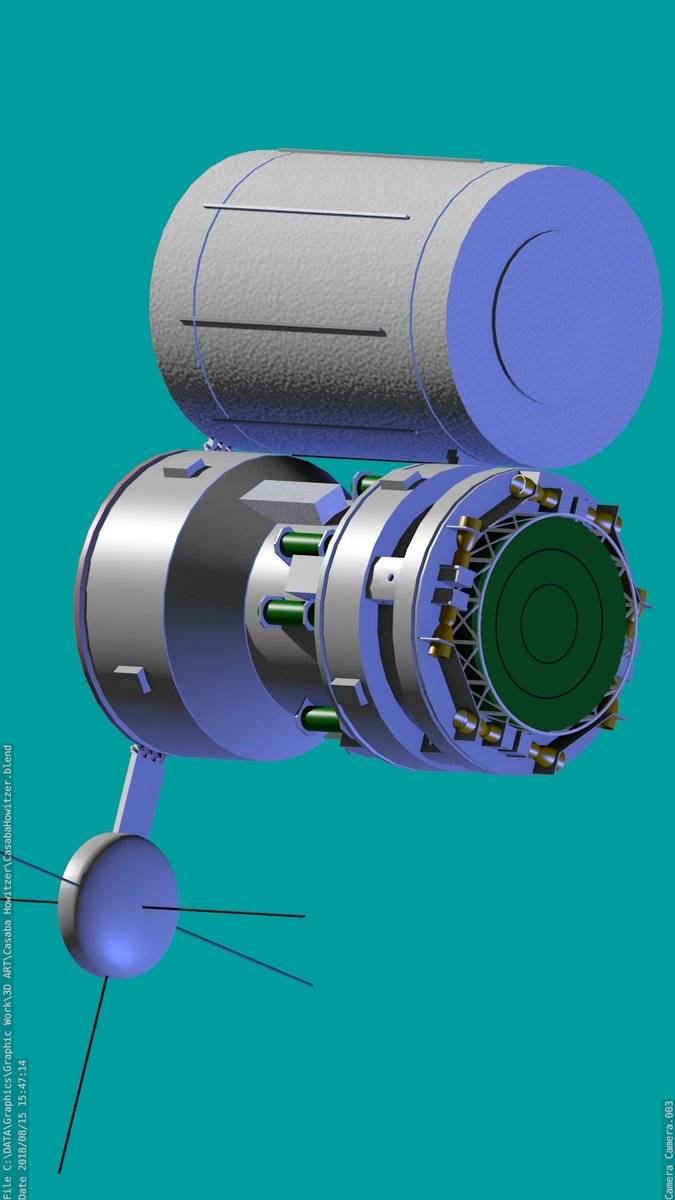
In the seventies, the United States simultaneously led the development of several beam complexes of various kinds. The army wanted a new air defense system; The Air Force oversaw the development of a space-based missile defense system for the Strategic Defense Initiative program. Several experimental stationary particle accelerators have been developed and built. In 1989, a technology demonstration satellite was launched into orbit, with the help of which the features of the deployment of beam weapons in space.
However, soon the work on the topic stopped. The reduction of military-political risks, the excessive complexity of the concept and other factors led to this. Other countries, as far as is known, studied the topic of beam weapons, but did not bring it to the test.
Directed atom
A curious version of ONE, which has several heterogeneous damaging factors at once, can be considered a nuclear weapon of directed action. This idea provides for the creation of a special atomic warhead that transfers most of the explosion energy in a given direction. The advantages of such weapons over the “normal” nuclear charge are obvious.
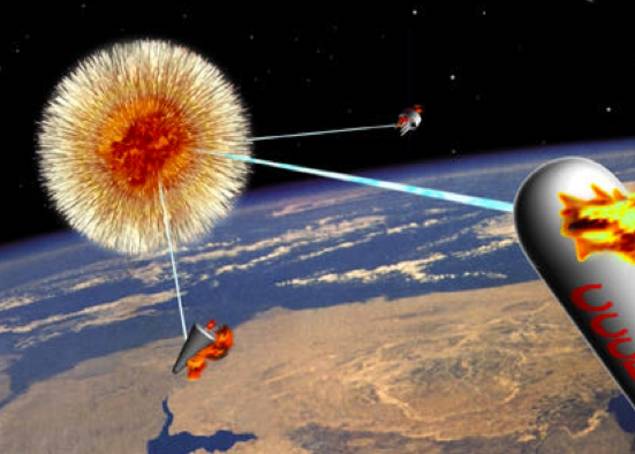
The most famous development of this kind, despite the secrecy, is the American project Casaba Howitzer, the work on which began back in the fifties. The aim of the project was to create a directed nuclear charge capable of hitting a target with directed electromagnetic radiation and plasma flow. It is known about the development of some engineering solutions, but the project did not even reach the test. However, materials on an unsuccessful project are still not subject to publication. Perhaps these developments will find application in the future.
Later, Kasaba developments were proposed to be used in the Excalibur project. He proposed the construction of an orbital nuclear-pumped X-ray laser. Such a product would be disposable, but could develop extremely high characteristics sufficient to hit a variety of targets. However, this time the project remained on paper.
Sound like a weapon
Some targets can be hit or disabled using directional sound waves of high power. Weapons of this kind have been developed for decades, and some samples have already entered service. Existing sonic ONEs are non-lethal means and, if used properly, should not cause permanent damage to the target.
Since 2004, various structures of the United States and other countries have been using the Long Range Acoustic Device (LRAD) sound system, designed for installation on any platform, from cars to ships. It produces a loud high-frequency sound in a narrow sector, forcing a person to retire. LRAD has been used repeatedly in different countries to suppress riots, to combat maritime piracy, etc.
A few years ago, the Russian Interior Ministry ordered Whisper acoustic devices. This system is made wearable; it uses infrasonic vibrations with high acoustic pressure and negatively affects the target - although it does not cause permanent damage to it. Information on the use of such funds is not yet available.
Progress and its results
As you can see, progress in the arms industry does not stop. Promising systems that were previously present only in works of art are being developed and brought into operation. Laser, electromagnetic, acoustic, and other versions of ONE / DEW come into service, which previously seemed to be a matter of the distant future. Other systems are still fantastic and cannot even reach laboratory tests.
The current successes in the field of ONE are directly related to numerous studies of various kinds and the emergence of a host of new technologies in all major areas. The improvement of existing technologies and the appearance of new ones expected in the future will have an obvious effect. The existing armaments of directed energy will have to be improved, and over time, the appearance of fundamentally new systems should be expected - in the first place, already known at the level of theory.
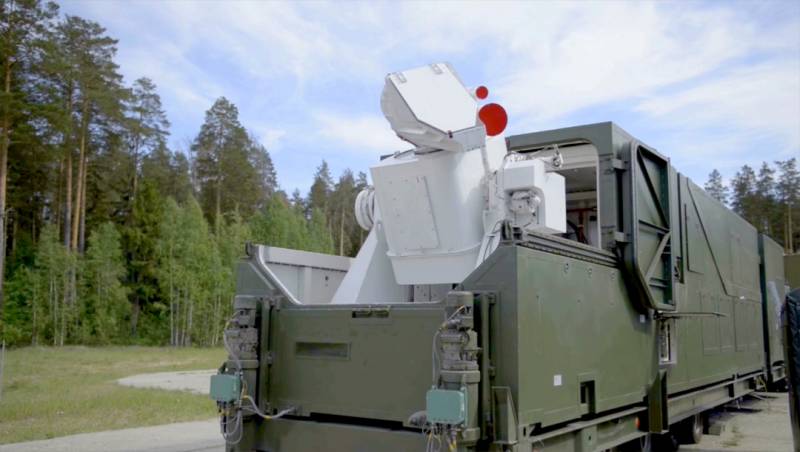
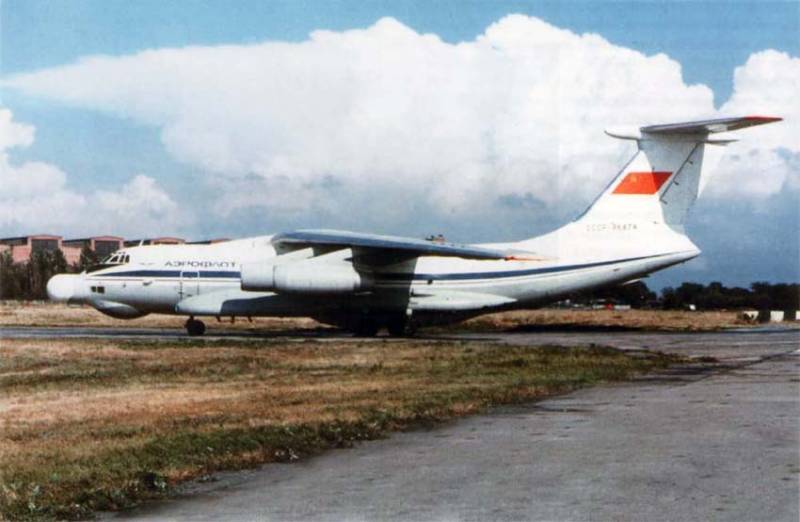
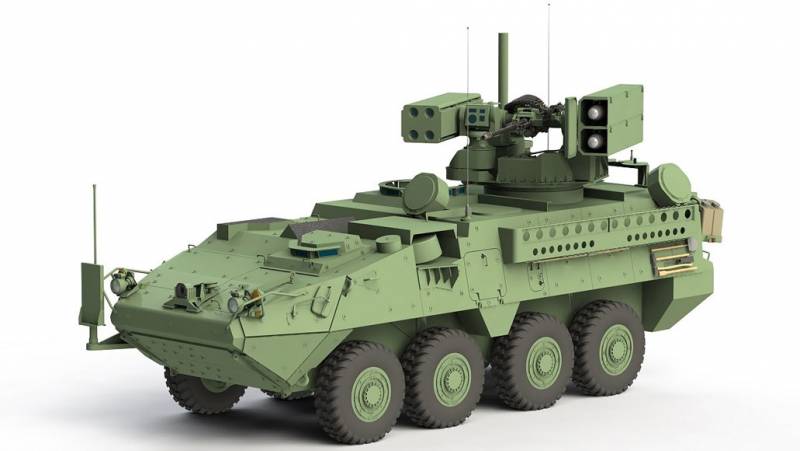
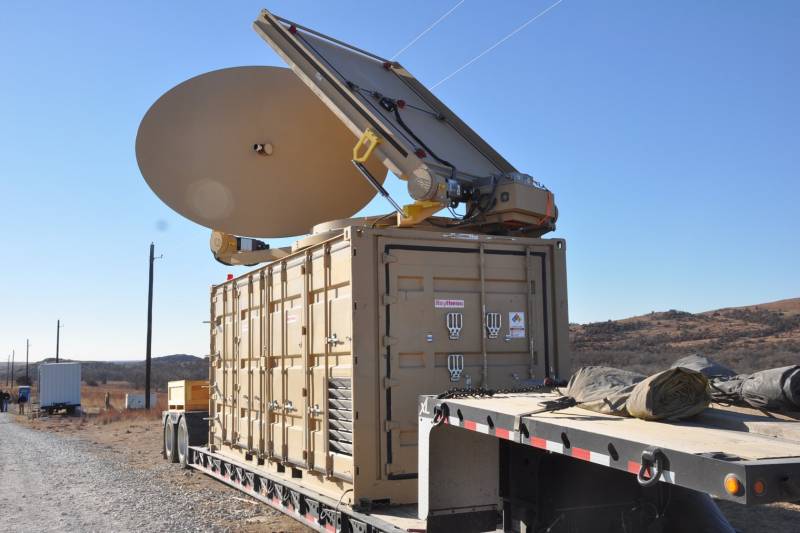
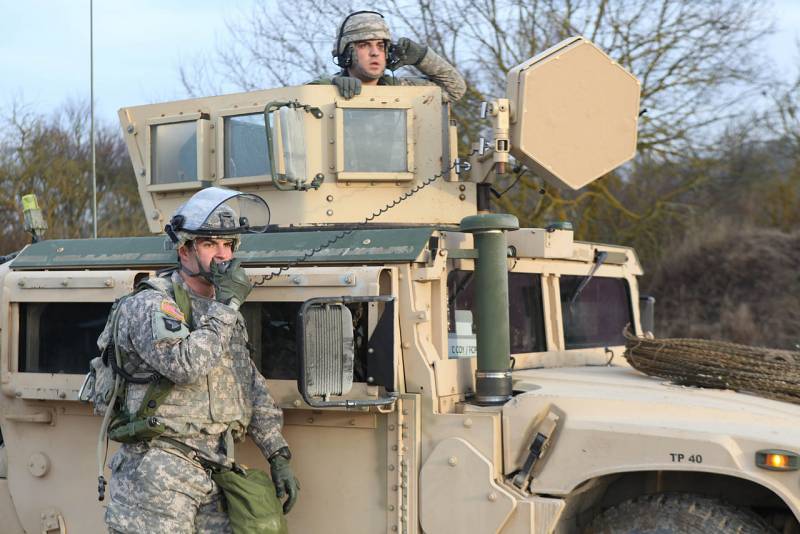
Information